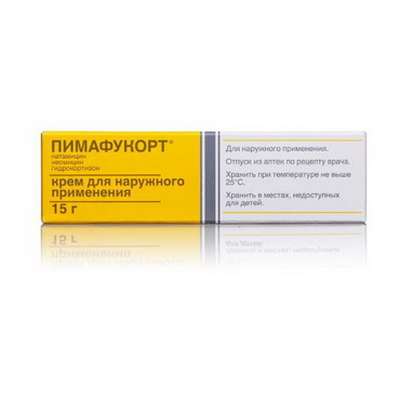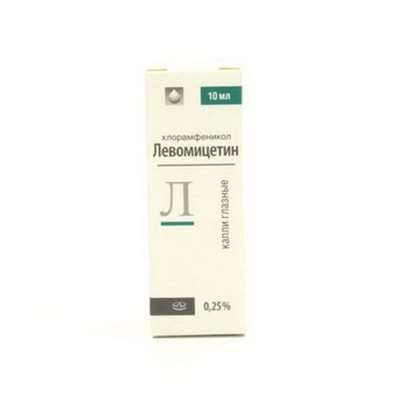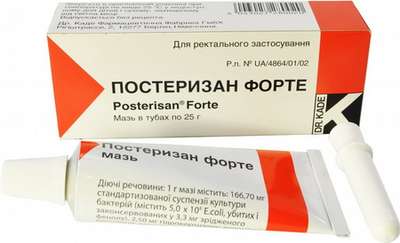Instruction for use: Fexadin
I want this, give me price
Dosage form: Film coated Tablets
Active substance: Fexofenadine*
ATX
R06AX26 Fexofenadine
Pharmacological group:
H1-antihistamines III generation [H1-antihistamines]
The nosological classification (ICD-10)
J30.1 Allergic rhinitis caused by pollen of plants: Hay fever; Hay fungus; hay fever; Hypersensitivity to pollen of plants; Polyposis allergic rhinosinusitis; Seasonal pollinosis; Seasonal rhinitis
J30.2 Other seasonal allergic rhinitis: Allergic rhinitis seasonal; Seasonal rhinitis of an allergic nature
L50.1 Idiopathic urticaria: Idiopathic urticarial; Chronic idiopathic urticaria
Composition and release form
Tablets, coated with a coating.
Fexofenadine hydrochloride 120 mg; 180 mg
Auxiliary substances: croscarmellose sodium; MCC; Pregelatinized starch; Povidone; Silicon dioxide colloidal; Magnesium stearate; purified water*
Film coating: Opadry pink dye (OY-54957): (hypromellose, titanium dioxide, macrogol 400, iron oxide red oxide (CI No. 77491), purified water *
Ink for printing: Opacode S-1-27794 black (shellac, ferrous oxide, black oxide, N-butanol, purified water, propylene glycol, methylated alcohol 74 OP, isopropanol *)
* Evaporates in the production process
In contour blister packing 10 pcs .; In a pack of cardboard 1 or 2 packs
Description of dosage form
Tablets of 120 mg: biconvex, oval, film-coated pink color, with the inscription "FXD 120", printed in black ink on one side.
180 mg tablets: biconvex, oval, film-coated pink color, with the inscription "FXD 180", printed in black ink on one side.
Pharmachologic effect
Mode of action - anti-allergic, antihistamine.
Pharmacodynamics
Fexofenadine hydrochloride is a blocker of H1-histamine receptors, virtually devoid of sedation. Fexofenadine is a pharmacologically active metabolite of terfenadine.
The antihistaminic effect of the drug manifests itself 1 hour after administration, reaches a maximum after 6 hours and lasts for 24 hours. After 28 days of admission, there is no development of tolerance. At oral intake of doses from 10 to 130 mg there is a linear dose-response relationship. For a 24-hour effectiveness of the drug (for allergic rhinitis), a dose of 120 mg is sufficient. In a dose of up to 240 mg, the drug does not cause changes in the QT interval.
Pharmacokinetics
Fexofenadine hydrochloride after oral administration is rapidly absorbed from the gastrointestinal tract, Tmax is 1-3 hours. The average value of Cmax after taking a dose of 120 mg is 289 ng / ml, and after taking a dose of 180 mg, approximately 494 ng / ml. Binding to plasma proteins is 60-70% (mainly with albumin and alpha1-glycoprotein). Does not penetrate the BBB. Fexofenadine is partially metabolized (5% of the dose).
Biphasic withdrawal. T1 / 2 after repeated administration - 11-15 hours. In patients with moderate (Cl creatinine 41-80 ml / min) and severe (11-40 ml / min) renal failure T1 / 2 increases by 59 and 72%, respectively; In patients on hemodialysis, T1 / 2 increases by 31%. Pharmacokinetics with a single and repeated use of fexofenadine (up to 120 mg twice a day) is linear.
Mostly (80%) is excreted with bile, up to 10% of the dose taken is excreted unchanged in urine.
Indications of the preparation Fexadin
Seasonal allergic rhinitis: sneezing, itching, rhinitis, reddening of the mucosa and other symptoms of hay fever - tab. For 120 mg;
Chronic idiopathic urticaria: redness, itching and other hives symptoms - tab. On 180 mg.
Contraindications
Hypersensitivity to any of the components of the drug;
pregnancy;
Lactation period;
Children's age (up to 12 years);
Chronic renal failure.
Side effects
Headache, drowsiness, nausea, dyspepsia, dizziness.
Rarely (less than 1 case per 1000 prescriptions) - a feeling of fatigue, insomnia, nervousness, sleep disturbance.
In some cases - skin rash, hives, itching, and other hypersensitivity reactions (angioedema, dyspnea).
Interaction
When combined with erythromycin or ketoconazole, the concentration of fexofenadine in plasma increases 2-3 times. There is no significant influence on the increase in the QT interval. The intake of aluminum-or magnesium-containing antacids 15 minutes before fexofenadine administration leads to a decrease in the bioavailability of the latter (the time interval between their intake should be at least 2 hours). Does not interact with omeprazole.
Dosing and Administration
Inside.
Adults and children 12 years and older.
With seasonal allergic rhinitis - 120 mg once a day.
With chronic urticaria - 180 mg once a day.
Overdose
Symptoms: dizziness, drowsiness and dry mouth.
Treatment: in case of overdose, it is recommended that standard measures be taken to remove unabsorbed drug from the gastrointestinal tract; Conducting symptomatic and maintenance therapy. Hemodialysis is ineffective.
Special instructions
In elderly patients or patients with hepatic insufficiency, fexofenadine should be used with caution due to lack of data. It is recommended that the time interval between taking fexofenadine hydrochloride and antacids containing aluminum or magnesium hydroxide is 2 hours.
Influence on the ability to drive a car and perform work that requires concentration of attention. When taking the drug Fexadinģ, it is possible to perform work that requires a high concentration of attention and speed of psychomotor reactions (with the exception of people who have an unconventional reaction to medicines). Thus, before you begin to perform these works (driving vehicles, controlling the mechanisms), you must first check the individual reaction to the drug.
Storage conditions of the drug Fexadin
In a dry place, at a temperature of no higher than 25 į C.
Keep out of the reach of children.
Shelf life of the drug Fexadin
3 years.
Do not use after the expiry date printed on the package.

 Cart
Cart





